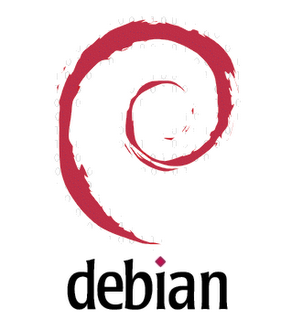When buying a high end laptop, you may have experienced difficulty in choosing between a laptop with Intel Core i5 or Intel Intel Core i7, considering the price range between the two laptops are quite significant.
Well let me you're not confused, here is the difference between Intel Intel Core processors and Intel Core i7 i5
First, as we know Intel Core i5 is a version of 'saving' of Intel Core i7. The real difference from the Intel Core and Intel Core i7 i5 is the chipset and socket. Intel Core i5 using the LGA1156 socket with a P55 chipset (and even the H55, H57 or Q57), while the Intel Core i7 socket LGA1366 and generally use the X58 chipset, this certainly influenced the performance differences of these two types of processors. Intel Core i5 available at a cheaper price but the performance is far below Intel's Core i7.
A second difference is the Turbo Mode feature, which Intel Core i7 processors have been equipped with Turbo Mode feature that lets Intel Core i7 overclock itself. For example the original speed is 3.2Ghz Intel Core i7, when you play games that require the extra performance, the Intel Core i7 processor will automatically mengoverclok speed to the level of 3.46Ghz.
Third, Intel Core i7 processors generally use DDR3 Triple Channel memory (although some are using dual channel), in contrast with Intel Core i5 using dual channel memory, this will certainly affect the performance of your laptop.
The real difference is the fourth of the features of Hyper Threading, Intel's Core i7 has a quad core even in Windows reads as eight cores, so the ability to perform multi-threading operation was undoubtedly, in contrast with Intel Core i5 that there are not even equipped with this feature.
In conclusion, if you want a high end processor performance, capable of operating multi-threading then choose the Intel Core i7, but certainly more expensive than the Intel Core i5.
What about the Intel Core I3? Processors of this type is a class of low-end processors compared to Intel Core and Intel Core i7 i5. Basically Intel Core I3 is almost similar to the Intel Core 2 Duo, Intel Core processors only I3 has been equipped with the capabilities of the Intel i7 processors or i5 Series except for the Turbo Boost feature.
Well let me you're not confused, here is the difference between Intel Intel Core processors and Intel Core i7 i5
First, as we know Intel Core i5 is a version of 'saving' of Intel Core i7. The real difference from the Intel Core and Intel Core i7 i5 is the chipset and socket. Intel Core i5 using the LGA1156 socket with a P55 chipset (and even the H55, H57 or Q57), while the Intel Core i7 socket LGA1366 and generally use the X58 chipset, this certainly influenced the performance differences of these two types of processors. Intel Core i5 available at a cheaper price but the performance is far below Intel's Core i7.
A second difference is the Turbo Mode feature, which Intel Core i7 processors have been equipped with Turbo Mode feature that lets Intel Core i7 overclock itself. For example the original speed is 3.2Ghz Intel Core i7, when you play games that require the extra performance, the Intel Core i7 processor will automatically mengoverclok speed to the level of 3.46Ghz.
Third, Intel Core i7 processors generally use DDR3 Triple Channel memory (although some are using dual channel), in contrast with Intel Core i5 using dual channel memory, this will certainly affect the performance of your laptop.
The real difference is the fourth of the features of Hyper Threading, Intel's Core i7 has a quad core even in Windows reads as eight cores, so the ability to perform multi-threading operation was undoubtedly, in contrast with Intel Core i5 that there are not even equipped with this feature.
In conclusion, if you want a high end processor performance, capable of operating multi-threading then choose the Intel Core i7, but certainly more expensive than the Intel Core i5.
What about the Intel Core I3? Processors of this type is a class of low-end processors compared to Intel Core and Intel Core i7 i5. Basically Intel Core I3 is almost similar to the Intel Core 2 Duo, Intel Core processors only I3 has been equipped with the capabilities of the Intel i7 processors or i5 Series except for the Turbo Boost feature.







